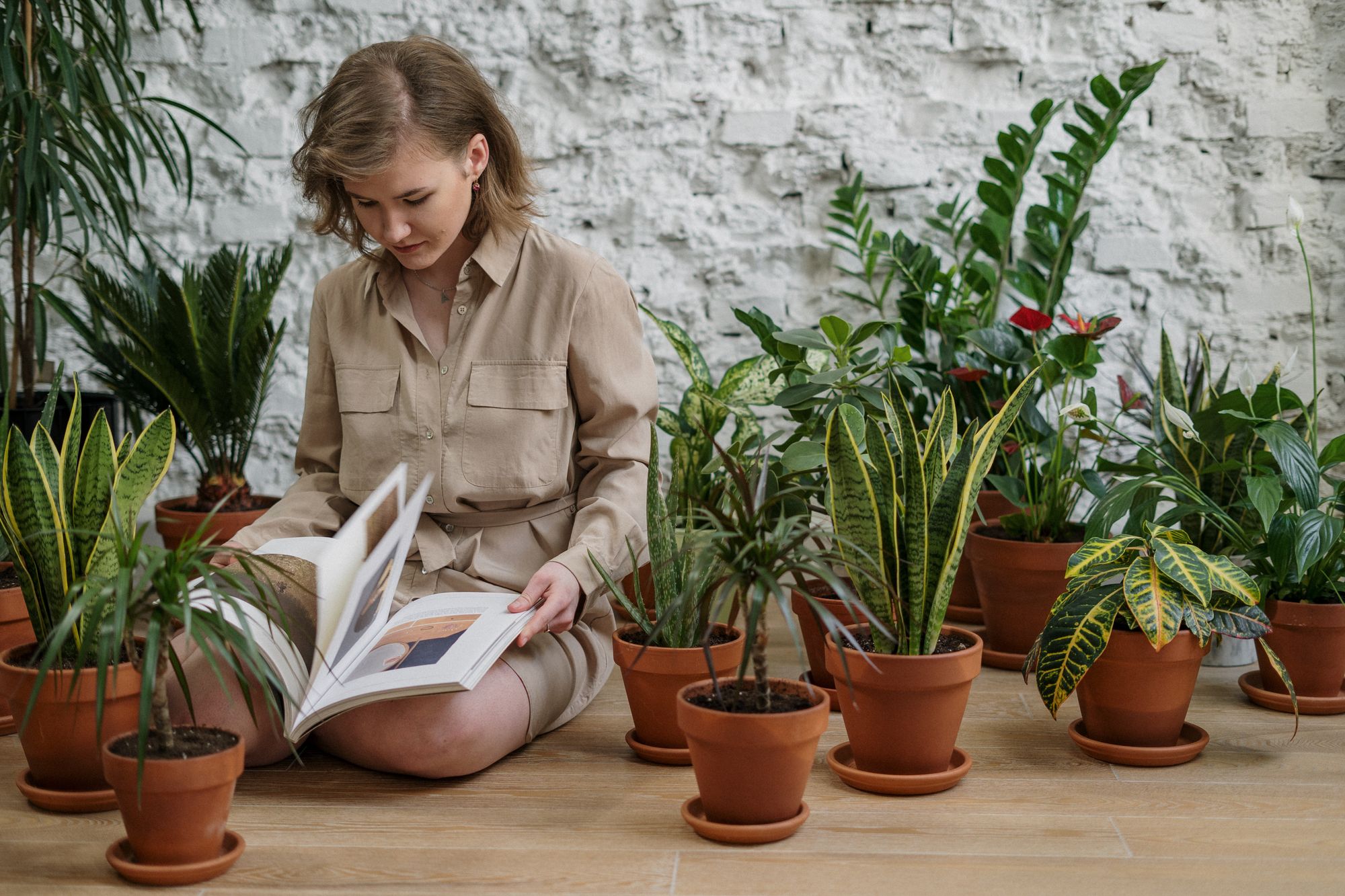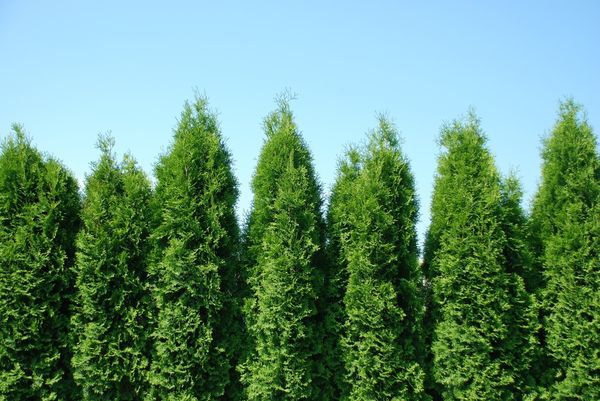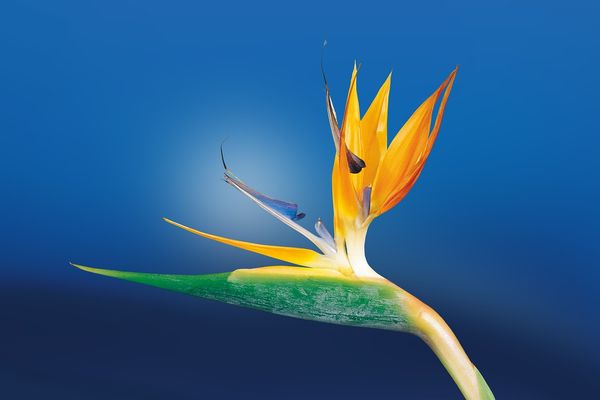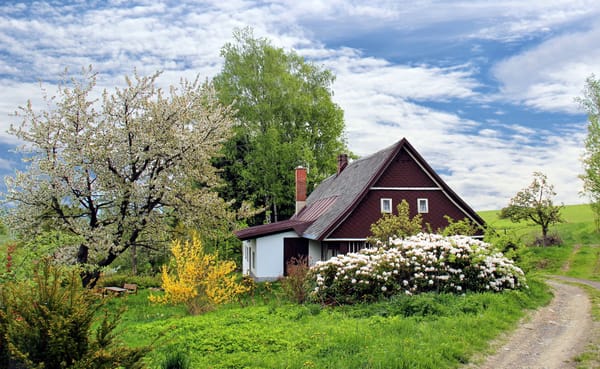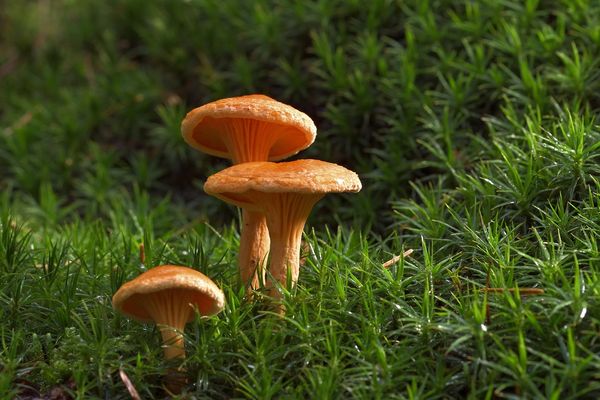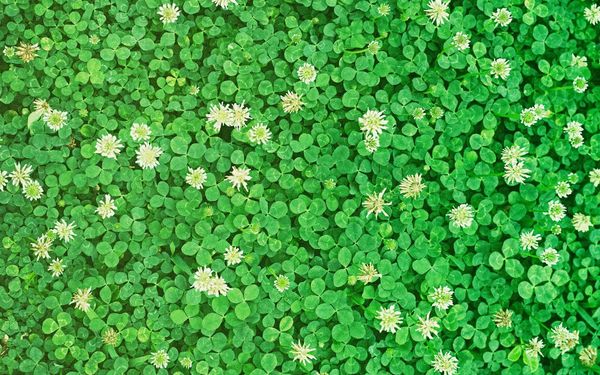Let's face it - growing houseplants indoors isn't exactly natural. Which means indoor plants flourish best when their natural habitat is mimicked in the home or office environment. This could mean keeping humidity-loving plants in the bathroom to absorb steamy conditions or keeping sun-worshipping plants near a bright window.
But one of the most effective ways to mimic a houseplant's natural environment is to plant it in the right potting soil. You may think that soil is just soil, and they're all much the same. However, the type of soil used can significantly impact how well a plant thrives. Find more indoor plants at Gardeners Dream.
Why Is Potting Soil So Important?
Healthy plants need a quality potting mix to grow in. The soil is where plants feed from, absorbing moisture and vital nutrients from the roots. For this reason, potting soil mixes must be tailored to indoor plants.
Unlike outdoor plants, which can stretch their roots to find water and nutrients from the ground, indoor plants are limited to taking nutrition from what's in their pot. A soil mix bursting with organic nutrients is ideal for helping your houseplants shine.
Can I Use Garden Soil for Indoor Plants?
The short answer is no. Garden soil is usually too dense for houseplants and retains too much water, which can result in wet feet. Because outdoor soil is so heavy, it compacts and eventually kills an indoor plant's roots by suffocating them. Indoor plants need an appropriate potting mix that encourages drainage and aeration. It also needs to provide nutrition and moisture for the plant to grow.
What to Look for in an Indoor Plant Potting Soil Mix
Not all potting soil mixes are created equal. Most - but certainly not all - contain an element of regular potting soil, but the 'mix' part comes from what is added to the soil to enhance its productivity and provide plenty of valuable nutrients for plants to thrive.
Many plants flourish in a general potting mix aimed at indoor plants. These potting mixes tend to be quite light in texture with soil ingredients designed for appropriate drainage and moisture retention as well as helping to resist compaction.
Most plants need a well-draining potting mix. Water retention and too much moisture getting held in the soil mix can lead to wet feet or root rot, which is bad news for potted plants. Look for a regular potting mix that encourages proper aeration and soil drainage. It's also worth checking the pots have adequate holes in the bottom to allow for proper drainage of excess water.
What Ingredients Should I Look for In A Potting Mix?
Most potting mixes have the ingredients listed on the bag. If you come across one that doesn't, it's best to disregard it - there's a fair chance it contains styrofoam or some other ingredient that really doesn't belong in a high-quality potting mix.
Potting mix ingredients are important in helping you decide which is correct for the types of indoor plants you grow. As we've mentioned, most indoor plants are happy in a general houseplant soil mix. However, some plants fare better when specific ingredients are present in their potting soil.
Sphagnum Peat Moss
The issue with peat moss is that it is not sustainable, with peat bogs taking decades to replace themselves in their natural habitat. In fact, the UK is one of the countries looking to ban the use of peat moss in indoor plant potting mixes.
However, if you do want to use peat moss, you'll find it is great for soaking up moisture and then feeding it back to the soil, where it can be absorbed by the plant. Sphagnum moss works well with most indoor plants but is particularly appreciated by many tropical plants, such as monstera.
Coco Coir
Coco coir, or coconut coir, does much the same job as peat moss but is much kinder to the environment. Coco coir is made from shredded coconut husks, so reuses a product that would otherwise go to waste. A potting mix with plenty of coco coir is ideal for indoor plants that prefer excellent drainage, such as succulents and tropical plants.
Orchid Bark and Fir Bark
Both types of bark are excellent drainage and water retention aids and are a great addition to any potting soil mix. Fir bark tends to come in smaller pieces, so it is perfect for indoor plants on shelves or tables. Orchid bark usually comes in bigger chunks and is best suited for large pots containing floor-standing houseplants.
Perlite and Vermiculite
Perlite and vermiculite both come as large granules, and get added to soil blends to help improve aeration and drainage, keeping plant roots healthy. They hold moisture and release it steadily into the soil, keeping it moist but not waterlogged. Perlite and vermilculite are ideal for spider plants, ferns and pothos.
Earthworm Castings
Earthworm castings are packed with nutrients and are a great addition to any organic potting soil. As a form of manure, worm castings include nitrogen, potassium, phosphorus, iron, sulfur, and calcium. As well as mixing into the soil mix, earthworm castings can be added as an organic material fertiliser to give houseplants a welcome boost during the growing season.
Succulent Mix
While most houseplants grow well in a general indoor plant soil mixture, succulents need something a little different. Because they grow naturally in hot, dry, arid environments, they need an exceptionally well-draining soil mix that doesn't retain moisture.
Coarse sand is a key ingredient in a succulent mix or cactus mix. It improves drainage and helps keep the soil relatively dry. Sandy soil is usually light and airy, helping to protect cacti and succulents from wet feet and root rot, which can be a common problem.
Your choice of indoor potting soil makes a huge difference to the health of your houseplants and is one of the most important elements of plant care. Whether you choose an organic potting soil filled with coco coir and worm castings or a more generic soil with added perlite and sphagnum moss, the potting mix should be right for the plant. Don't be tempted to use the same potting mix for every plant in the house. Research your plants' needs and buy an appropriate potting mix for their specific requirements.
Don't be afraid to experiment, though. You can always buy a ready-made bag of soil for indoor plants and add elements to suit each particular plant. Before you know it, you'll be blending your own mix!

